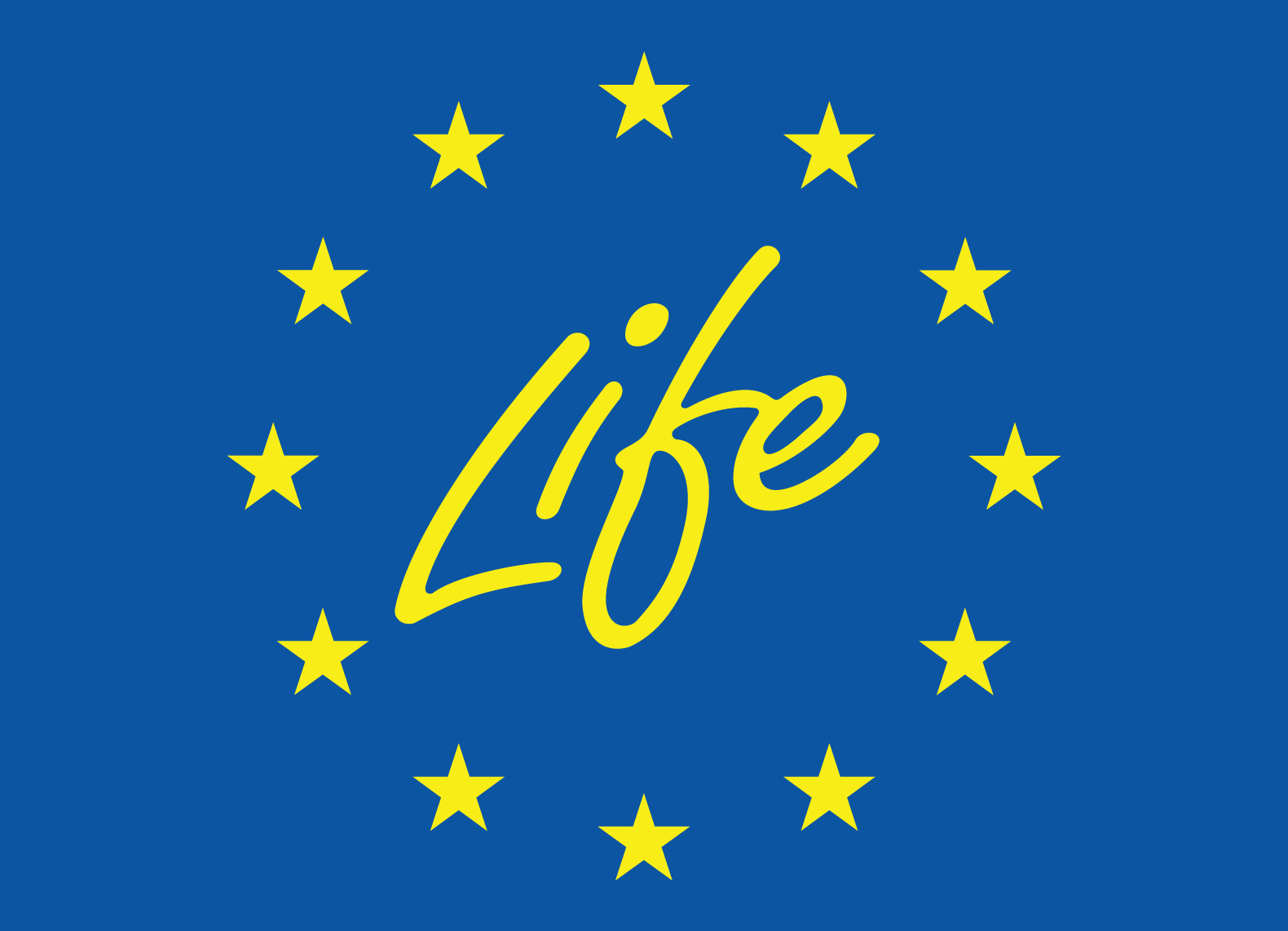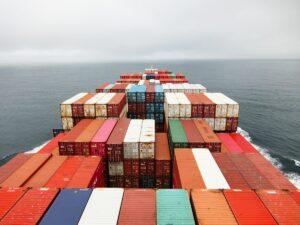AUTHORS: Eline Blot – Marianne Kettunen – Céline Charveriat
IEEP has submitted feedback to the European Commission’s public consultation, calling for a circular economy-compatible carbon border adjustment mechanism with the aim of delivering the EU’s climate objectives in a synergetic manner.
 IEEP’s response to the public consultation on the EU’s carbon border adjustment mechanism (PDF 209 KB) IEEP’s response to the public consultation on the EU’s carbon border adjustment mechanism (PDF 209 KB) |
In the context of the EU Green Deal, there is a concern that Europe’s efforts to reach climate-neutrality by 2050 could be undermined by the lack of ambition by countries outside the EU. This would mean the risk of carbon leakage. Carbon leakage occurs when companies transfer their production to countries that have lower ambitions or less strict regulatory framework for emissions.
Consequently, instead of the EU’s climate policy contributing to the reduction of global emissions, carbon leakage results in relocating the emissions, with global emissions not being reduced. A carbon border adjustment mechanism (CBAM) is foreseen to counteract the risk of carbon leakage from the EU by placing a carbon price on imports of certain goods from outside the EU.
IEEP welcomes the opportunity to submit its views to the European Commission’s public consultation, which closed on 28 October, on the proposed CBAM.
If the adoption of CBAM were to go forward, IEEP recommends that dedicated attention is paid to ensure policy coherence and synergetic implementation between CBAM and the EU’s Circular Economy Action Plan (CEAP). The measures taken forward as part of CEAP will be closely interlinked with the design and implementation of CBAM (see below). Together the CEAP measures and CBAM will substantially change the EU’s trade composition, ultimately altering the EU’s carbon footprint and with potential impacts on opportunities for sustainable development in third countries.
What other policy instruments could be used beyond the CBAM to reduce emissions?
A possible complementary policy instrument to reduce emissions, beyond the CBAM, is the use of low-carbon standards. Some characteristics of product standards, as touched on below, could effectively complement the CBAM, providing an appropriate policy mix to reduce carbon emissions for products sold on the EU market.
Standards can be designed to be non-discriminatory and comprehensive, meaning they do not grant any unfair advantage to a specific producer, thereby avoiding disputes at the World Trade Organisation (WTO). They can be designed to also cover downstream emissions from manufacturing and the use of a product in addition to emissions from raw materials production, effectively decarbonizing the value chain (see also ‘scope’ below).
| Product standards could be executed jointly with the foreseen improvements in sustainability standards put forward by the CEAP |
Product standards are compatible with wider EU environmental policy and could be developed and executed jointly with the foreseen improvements in sustainability standards put forward by the CEAP, combining low-carbon and circular production methods and preventing environmentally harmful products from being placed on the EU market.
Standards can be used to facilitate global cooperation for climate action without sustainable development paying the price. Existing schemes like Aid4Trade could assist developing countries in elevating their standards to meet the EU’s while setting a path for further sustainable development.
What are other important elements in the selection of sectors?
IEEP emphasises the importance of considering the EU’s wider climate and sustainability objectives and foreseen measures in the selection of CBAM sectoral coverage. For example, the sector selection in the EU’s CEAP features sectors with strong negative impacts on the environment such as plastics, textiles, batteries & vehicles, ICT & electronics, as well as notable carbon-intensive intermediary goods such as steel, cement and chemicals.
 |
The sectoral overlap between the CEAP and the CBAM inception impact assessment presents the need to think about these two policy initiatives and related measures (sustainability standards versus carbon content duties) together and identify how to maximise environmental gains while minimising their political contestability to ensure both policies deliver the EU’s climate and environmental objectives in a synergetic manner.
What are other considerations on scope and exemptions?
It is currently assumed that the product scope of the CBAM will cover primary inputs flowing from carbon-intensive sectors, such as steel, cement and chemicals. This scope would exclude other emissions from downstream manufacturing or emissions created during the in-use phase of products. Therefore, IEEP emphasises the need for a comprehensive mix of policies to be put in place to incentivise value chain decarbonisation, which is not guaranteed with the stand-alone implementation of a CBAM.
A combination of the CBAM and the CEAP’s sustainability standards could, in principle, cover emissions throughout the value chain from the production of raw materials, to the manufacturing of products, to the emissions released in the in-use phase.
Sustainability standards can consist of standards on low-carbon products and production as well as standards on circularity, which are by definition low-carbon as they seek to reuse valuable resources in a product’s end-of-life phase. A circular economy-compatible CBAM, aimed at decarbonising the more intensive sectors, could return the biggest payoff in terms of emissions reduction.
| A circular economy-compatible CBAM could return the biggest payoff in terms of emissions reduction |
On country exemption from the CBAM, IEEP would like to point out two areas for consideration. Firstly, the CBAM inherently assumes that the most carbon-efficient production is located within the EU this way risking to disincentivise promising firms in third countries making headway on low-carbon technologies.
Secondly, the Commission will need to carefully evaluate which third country climate policies it deems comparable to EU climate policies, or which developing countries are eligible to receive exemption so that the CBAM is not perceived as an unfair trade measure.
What are other (environmental) impacts of the CBAM?
IEEP would like to draw attention to the risk of the CBAM also impacting wider EU climate policy. If the CBAM is seen as central to the EU’s climate policy and an essential tool to reducing emissions, there is a significant political risk that this will give room for domestic sceptics of climate action to slow down the implementation of other ambitious climate policy while the complexities of a CBAM are worked out, likely over the space of numerous years.
Another potential risk of unilaterally adopting a CBAM is deteriorating EU’s trade relationships. International criticism claims that the CBAM is a disguised protectionist measure, implying that its main objective is to protect domestic producers from competitive imports. Perceived protectionism paired with the accusations of regulatory overreach leaves the EU open to retaliation from trade partners that do not see eye-to-eye when it comes to climate policy. Several countries have expressed apprehension towards the measure as the design of the CBAM remains unclear, while EU Member States pledge to back it regardless. If there is no goodwill for cooperation from the EU’s side, the CBAM can end up thwarting the potential to push for a greener trade agenda in the global diplomacy space.
More info
IEEP’s response to the European Commission’s public consultation drew on a number of papers, which can be consulted via following links: Blot, Kettunen & Charveriat (2020) and Kettunen, Gionfra & Monteville (2019). The response was compiled and submitted by Eline Blot, Marianne Kettunen and Céline Charveriat. For more information on IEEP’s work on this area please contact Marianne Kettunen (mkettunen@ieep.eu).
 | This work has been produced with the financial support of the LIFE Programme of the European Union. It reflects only the views of the authors and IEEP. |


